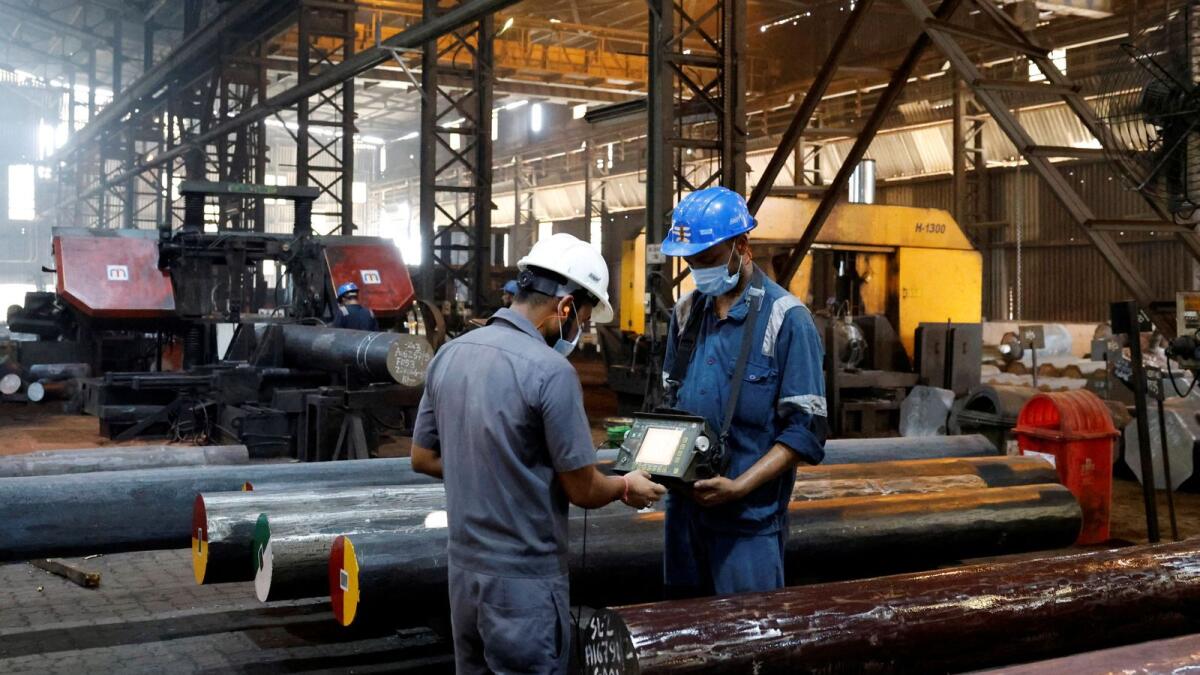India is quickly emerging as a global economic powerhouse, with projections indicating that the country will add $1 trillion to its GDP every 1.5 years over the next six years. This growth trajectory is expected to make India the third-largest economy in the world by 2030, with a GDP of $10 trillion by 2032. The manufacturing sector is anticipated to play a significant role in driving this accelerated growth, contributing 32% to the incremental Gross Value Added (GVA).
Despite the positive economic outlook, Moody’s has issued a cautionary warning that India’s debt to GDP ratio could reach close to 100% if the government attempts to fill the 3.4% of GDP gap in climate mitigation and adaptation by 2030. However, S&P Global Ratings has maintained India’s growth forecast at 6.8%, with a potential interest rate cut by the Reserve Bank of India in October. S&P also retained its GDP growth forecast for 2025-26 at 6.9%, noting that India’s strong growth will assist in managing inflation.
The IDBI Capital report also highlights India’s impressive economic growth in recent years. While it took the country 63 years to reach a GDP of $1 trillion, it reached $2 trillion in 2017, just seven years after the first trillion, and $3 trillion in 2020. Despite a slight slowdown due to the Covid-19 pandemic, India is poised for exponential growth in the near future. The report projects that India will reach a GDP of $10 trillion between 2024 and 2032, driven by manufacturing demand, export potential, and supportive government policies such as Production Linked Incentive (PLI) schemes.
Furthermore, the report predicts that India will surpass major global economies such as the US, China, Germany, South Korea, and Japan in terms of the Industrial Production Index (IIP). This growth is expected to be supported by policy reforms and a favorable business climate. India’s export potential is also projected to increase significantly, with exports contributing 25% of GDP by 2030, amounting to $2 trillion. The report points to rising domestic demand, global supply chain realignment, high export potential, and a supportive financial ecosystem as key factors driving India’s manufacturing and export growth.
In conclusion, India’s economic growth forecasts paint a promising picture for the country’s future as a key player in the global economy. With strong government support, a robust manufacturing sector, and increasing export potential, India is well-positioned to achieve significant growth in the coming years. Despite challenges such as the climate mitigation and adaptation gap, India’s economic outlook remains positive, with opportunities for continued expansion and development. As the country continues on its path to becoming a major economic powerhouse, it is essential for policymakers and industry leaders to collaborate on strategies that will sustain and enhance this growth trajectory.











